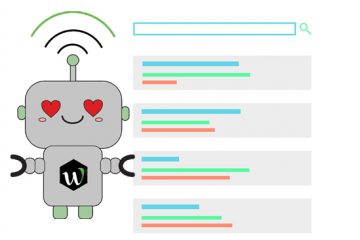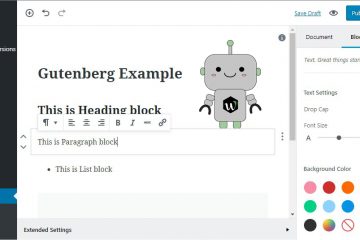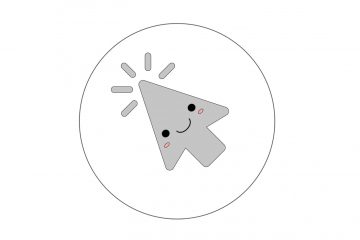[vc_row][vc_column][vc_column_text]You might be wondering what to look for in a theme when you’re making a new WordPress website. Depending on what kind of site you want to run, the theme can make or break the user experience of your website.
You want to pick something that reflects the nature of your business and appeals to your target demographic.
A quick example would be choosing a cartoonish style for our much older audience, while the millennial crowd might love it, your target demographic might not take it seriously.
More important than the look is the navigation. You might be blown away by the graphics of one theme but if it has limited or terrible navigation options, you’re better off going with a theme that’s plain-looking.
Let’s take a look at a featured theme that looks really cool.
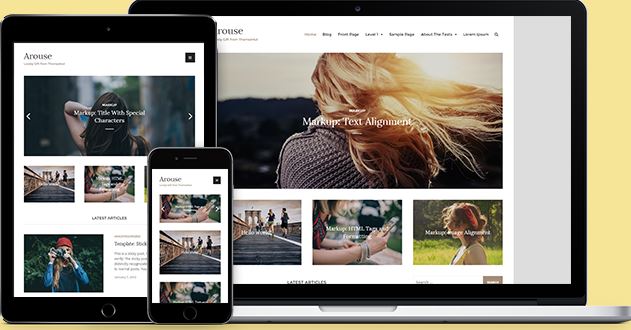
This theme is called Arouse and it looks crisp. You love the clean look, the code is simple, and you feel like it would make a strong impact on your younger audience. Here’s the issue, if you’re selling a product for your business, this isn’t the way to go.
Most theme creators will tell you on their site what the theme was designed for, in this case, blogging. This is the first thing you need to look for when you’re choosing the theme for your WordPress site. Don’t ignore it because if you set this up to sell something, you’d find soon after that it doesn’t support many of the common plugins used for card transactions. All that time and effort you put into your new website would have gone to waste.
Start your journey by searching for your business category in the search bar up top. However, you still need to check the theme description to make sure it’s for you.
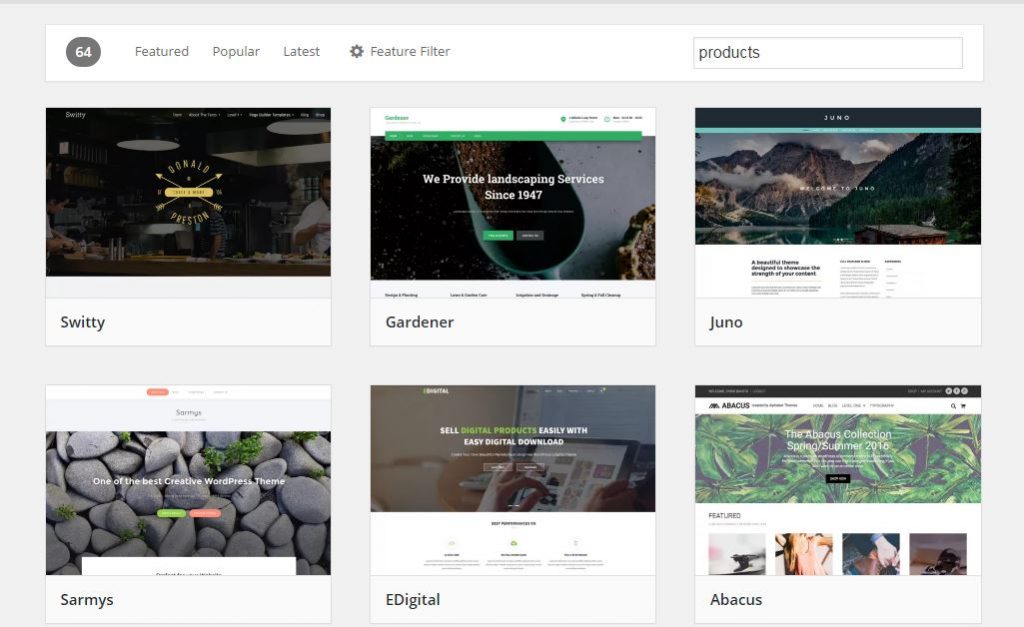
Now, let’s say you see one that looks great and it was made for your business’s function.
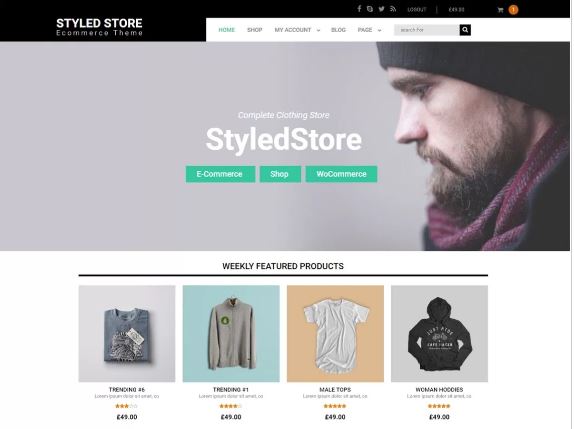
[/vc_column_text][/vc_column][/vc_row][vc_row][vc_column width=”1/4″][vc_single_image image=”4163″ img_size=”full”][/vc_column][vc_column width=”3/4″][vc_column_text]You might think you’re ready to hit that download button but hold off on that for a second. The theme featured above was made for selling products but take a look at the reviews.
Not too many active installs and only one negative review to its name. With that kind of data, it would be best to go back to the drawing board and see what else is out there. WordPress is home to an insurmountable number of theme so you won’t be hard-pressed to find another one.[/vc_column_text][/vc_column][/vc_row][vc_row][vc_column][vc_column_text]Once you’ve found the right theme, it’s time to do the real research. You can’t go off the reviews and number of active downloads alone. You have to make sure that the people who designed the theme are legitimate and know what they’re doing. Additional review sites should suffice here.
After you download and before you start putting your content on the site, test the flexibility of the theme with what you ultimately want to do with it.
For example, with the first theme I showed you, its very picture intensive. Turing off the image functionality might even break the theme. So if you’re using that theme and decide “well, I definitely don’t need this many pictures.” That might not be something you can change.
Static themes are something you want to avoid if your goal is continued growth; this is often the case with business websites. You find problems with your site, you fix them. That flexibility is one of the most important things to have when you finally choose a WordPress theme.
Page and Post template options are paramount for changing things quickly. If you’ve ever noticed how some pages words across the entire length of the screen while other are centered at just a third of the screen in the center, then you probably know what I’m talking about.[/vc_column_text][/vc_column][/vc_row][vc_row][vc_column][vc_single_image image=”4164″ img_size=”full” alignment=”center”][/vc_column][/vc_row][vc_row][vc_column][vc_column_text]This screenshot shows you how you can play around with the page and post options to achieve a dynamic flow to your design.
Parent and Child themes are another thing of grave importance as well. Using child themes, you can change the things you want without breaking the framework of the parent theme it’s based on. You can tweak your theme as much as you want and still have the ability to upgrade the parent theme later on. Again, the whole process revolves around flexibility.
When everything is said and done run checks on speed, mobile-friendliness, and navigation. You will mostly likely need a little tweaking but the end result should be a seamless experience for your users.[/vc_column_text][/vc_column][/vc_row]
